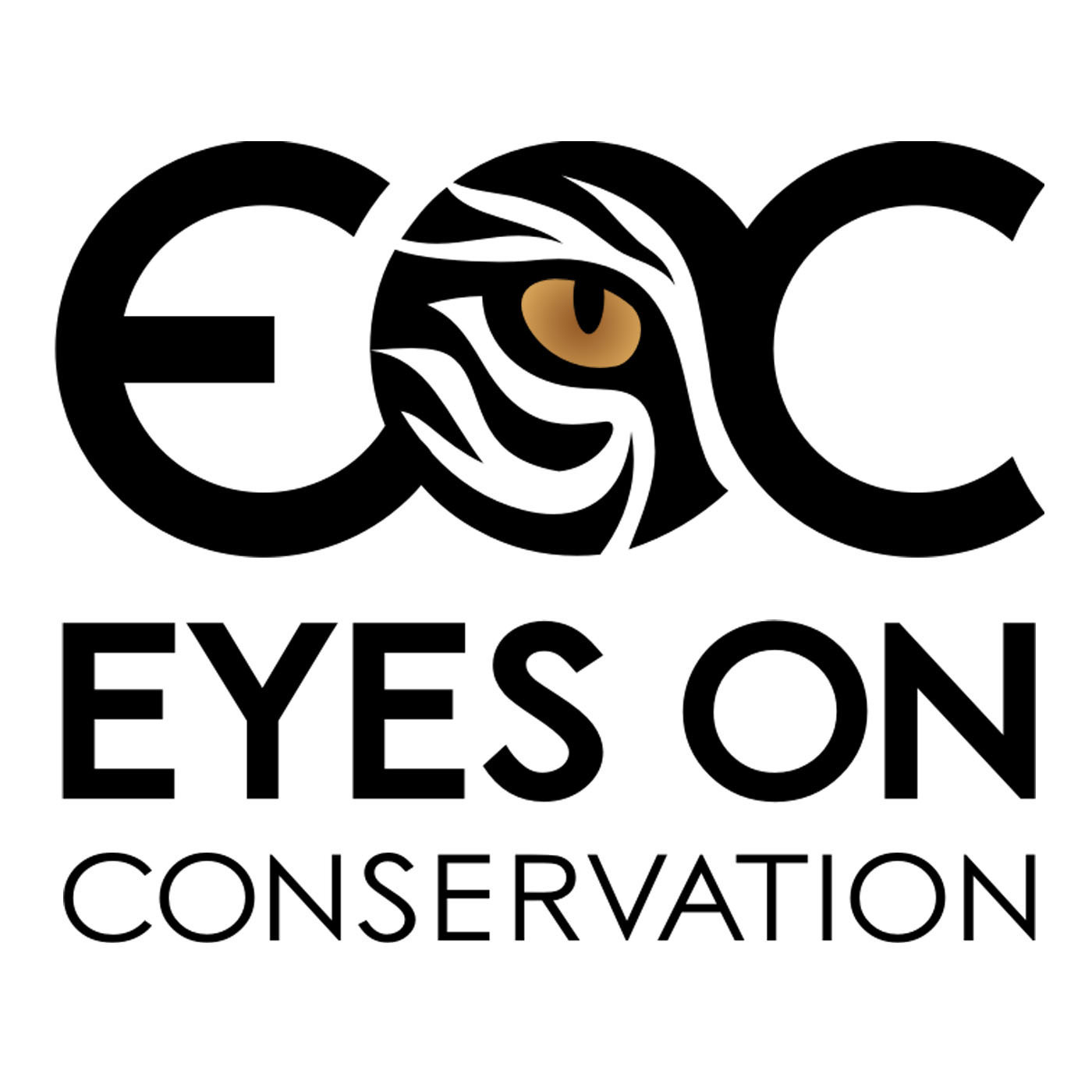EOC 204: Dr. Randall Wells Shares his Porpoise

“[Dolphins] have been on the face of the Earth a lot longer than humans have been. They've figured out a number of solutions for making a living in an environment that would be very hostile to us, and yet that joins the areas where we live. So we talk about these animals living in our backyard, but in reality, we kind of live in their backyard.” When Dr. Randall Wells was still in high school, he joined a U.S. naval research project involving dolphins as an assistant in Sarasota Bay Florida. The same year, in 1970, he and a colleague began tagging wild dolphins and that data-informed project would become the “world’s longest-running study of a dolphin population.” When he began the work, Dr. Wells’ initial project was to determine if dolphins remain in one area over their lifetime or if they migrated and moved, a question unanswered by science at the time. “We had no idea whether the dolphins that we saw one day would be there a week later or a month later, or whether they range freely around the Gulf of Mexico.” Since then, Dr. Wells, now the Director of the Sarasota Dolphin Research Program and employed by the Chicago Zoological Society, and his team of conservation scientists have contributed much more to our understanding of one the most intelligent animals on earth. From the concept of the “ecological cul-de-sac” to “dolphinalities,” and from innovative citizen science initiatives to data that has informed high profile environmental lawsuits, in this episode Dr. Wells discusses his life’s work and the dolphins at the heart of it all, some of whom he’s been watching his entire 50-year career. The Sarasota Dolphin Research Program is part of the Chicago Zoological Society. ( https://www.czs.org/landing ) Learn more about the lab’s ongoing research here: https://www.sarasotadolphin.org ( https://www.sarasotadolphin.org )